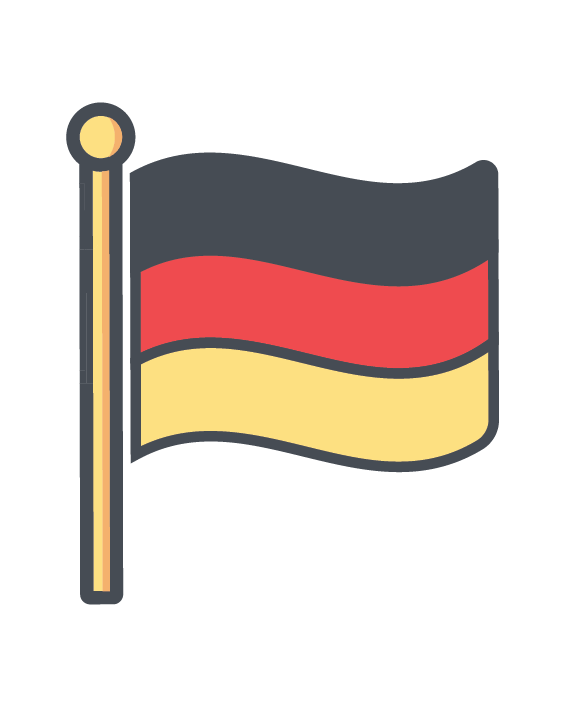


Instructor (CFI)

Discover the different Stepping stones along the way.
to fly the aircraft referencing only the instrument panel, a desirable skill to possess in clouds or any situation where visibility is impaired. In today’s job market, most employers require this rating.

Instrument Instructor
(CFI-I)

















with the practical help they need


